US inflation is at its highest since 1982. Why aren’t markets panicking?
US inflation is at 7% – the last time it was this high interest rates were at 14%. But instead of panicking, markets just shrugged. John Stepek explains why they’re so relaxed about things.

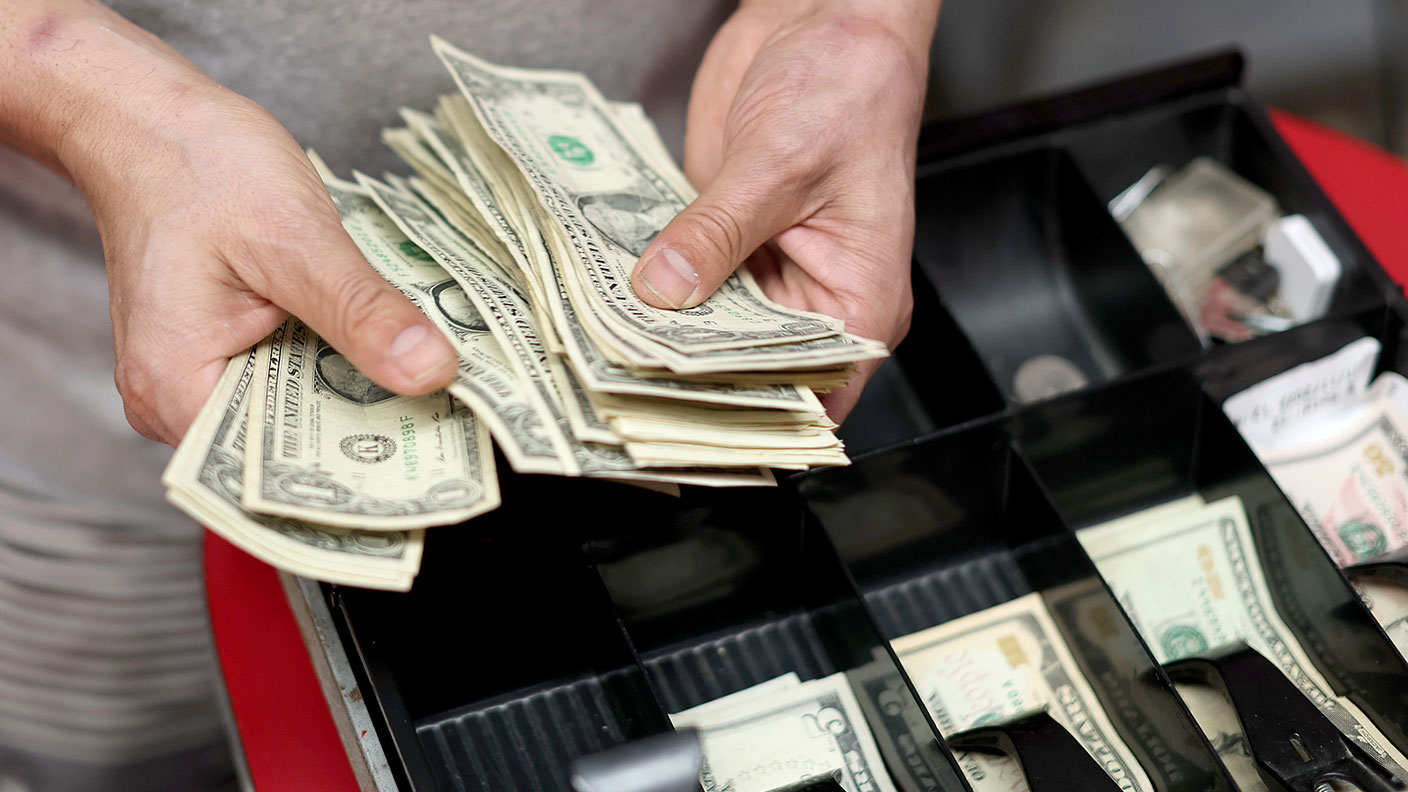
Prices in the US are rising at the fastest rate since 1982.
Wow. That’s a long time ago. Margaret Thatcher, Ronald Reagan, the Falklands War, and Duran Duran’s Rio album are just some of the things that were big news in 1982.
Incidentally, it was also one of the best times ever to invest in stocks; they were very cheap (to be clear, they are not very cheap now, certainly not in the US).
MoneyWeek
Subscribe to MoneyWeek today and get your first six magazine issues absolutely FREE

Sign up to Money Morning
Don't miss the latest investment and personal finances news, market analysis, plus money-saving tips with our free twice-daily newsletter
Don't miss the latest investment and personal finances news, market analysis, plus money-saving tips with our free twice-daily newsletter
Enough nostalgia. A 7% inflation rate? Surely we saw some sort of ruckus in markets after that?
Not a bit of it.
US inflation at 7% – yet the US dollar fell
A US inflation reading of 7% year-on-year seems like a big deal. Why did the market do little more than shrug?
It’s all down to that magic word, “expectations”. Markets expected inflation to come in at 7% – it did. They also expected “core” inflation to come in at 5.4% – it didn’t, it came in at 5.5%, but that’s not much of a difference.
Hence the limited reaction – in the short term, at least – the markets were already pricing in the outcome that they got. Indeed, the US dollar fell on the news.
From that, you probably have to conclude that investors were braced for something even worse. Instead, they only got a near-40-year-high in inflation, and breathed a sigh of relief that the Federal Reserve probably won’t have to raise rates even faster.
This was helped by the fact that Fed boss Jerome Powell made some reassuring noises on Tuesday this week about how, although inflation was going to last longer, he thought that the Fed could unwind emergency policy without derailing the economic recovery.
A weaker dollar in turn is good news for most other assets. Ironically enough, when the dollar is weakening, you can view it as global monetary policy getting looser (everyone needs dollars, so the cheaper they are, the better).
If investors have already priced in a certain number of interest-rate rises for the Fed, but they haven’t priced in a “catch-up” from the likes of the Bank of England and the European Central Bank, for example, then it means those currencies look cheap relative to the dollar. Hence the recent rise in the pound, despite all the (literal) party political japes.
Also, it’s the start of the year. With the US looking expensive and the tech plays selling off, investors are now looking for new stories among stuff that has underperformed. That suggests almost anything that isn’t in the US should start to do better.
This does make a certain amount of sense. Inflation – despite some protests to the contrary – is not a US problem, it’s a global one. So while the Fed has already laid out its roadmap to ever-so-slightly-higher interest rates, it just means that other central banks are going to have to follow in its wake.
So we’ve got a weaker dollar, and that’s bullish for everything, right?
That’s all very well, but what about inflation?
The one fly in the ointment is that, for all that markets were relieved, inflation is still sitting at its highest since 1982. For perspective, as AJ Bell pointed out yesterday, the last time inflation was this high, the key US interest rate was at 14%.
Now, of course, that doesn’t mean rates are going up to 14% – there wouldn’t be an economy left. All this really shows is that the relationship between interest rates and inflation is not straightforward, and that where you are and where you’re going depend very much on where you’ve been (I feel that I’ve just created the beginnings of a Yogi Berra quote there, but let’s park that for now).
It’s also becoming increasingly clear to anyone with eyes to see that inflation is not transitory, however you want to define transitory. John Authers notes in his Bloomberg newsletter that even if you use a US inflation index that strips out everything that’s conceivably causing short-term inflation (food, energy, housing, and used vehicles), then inflation is still at 30-year high.
“Sticky” prices are rising too. This is not something that will simply go away just because supply chains get unsnarled.
So what should you do?
The good news is that lots of non-US assets are indeed cheap. Better yet, one of them is right on your doorstep here in Britain (apologies to non-UK readers). As Chris Brightman of US asset manager Research Affiliates points out, UK value stocks are among the cheapest assets out there right now.
That’s no surprise, given that 2021, as the FT reports, saw “investors continue to shun UK equity funds”, with UK investors taking £4.4bn out of UK stockmarket funds in the year to November 2021.
We’d suggest you go in the opposite direction. More on this – and what else to buy to inflation-proof your portfolio – in future issues of MoneyWeek magazine. Get your first six issues free here.
Get the latest financial news, insights and expert analysis from our award-winning MoneyWeek team, to help you understand what really matters when it comes to your finances.
John Stepek is a senior reporter at Bloomberg News and a former editor of MoneyWeek magazine. He graduated from Strathclyde University with a degree in psychology in 1996 and has always been fascinated by the gap between the way the market works in theory and the way it works in practice, and by how our deep-rooted instincts work against our best interests as investors.
He started out in journalism by writing articles about the specific business challenges facing family firms. In 2003, he took a job on the finance desk of Teletext, where he spent two years covering the markets and breaking financial news.
His work has been published in Families in Business, Shares magazine, Spear's Magazine, The Sunday Times, and The Spectator among others. He has also appeared as an expert commentator on BBC Radio 4's Today programme, BBC Radio Scotland, Newsnight, Daily Politics and Bloomberg. His first book, on contrarian investing, The Sceptical Investor, was released in March 2019. You can follow John on Twitter at @john_stepek.
-
 Luxury fire and ice experiences for the New Year
Luxury fire and ice experiences for the New YearRestore your mind and body with luxury fire and ice experiences, from warming saunas to icy plunges
-
 January Premium Bonds winners announced – did you win £1 million?
January Premium Bonds winners announced – did you win £1 million?More than 2.6 million historic Premium Bonds prizes are still waiting to be claimed, NS&I says
-
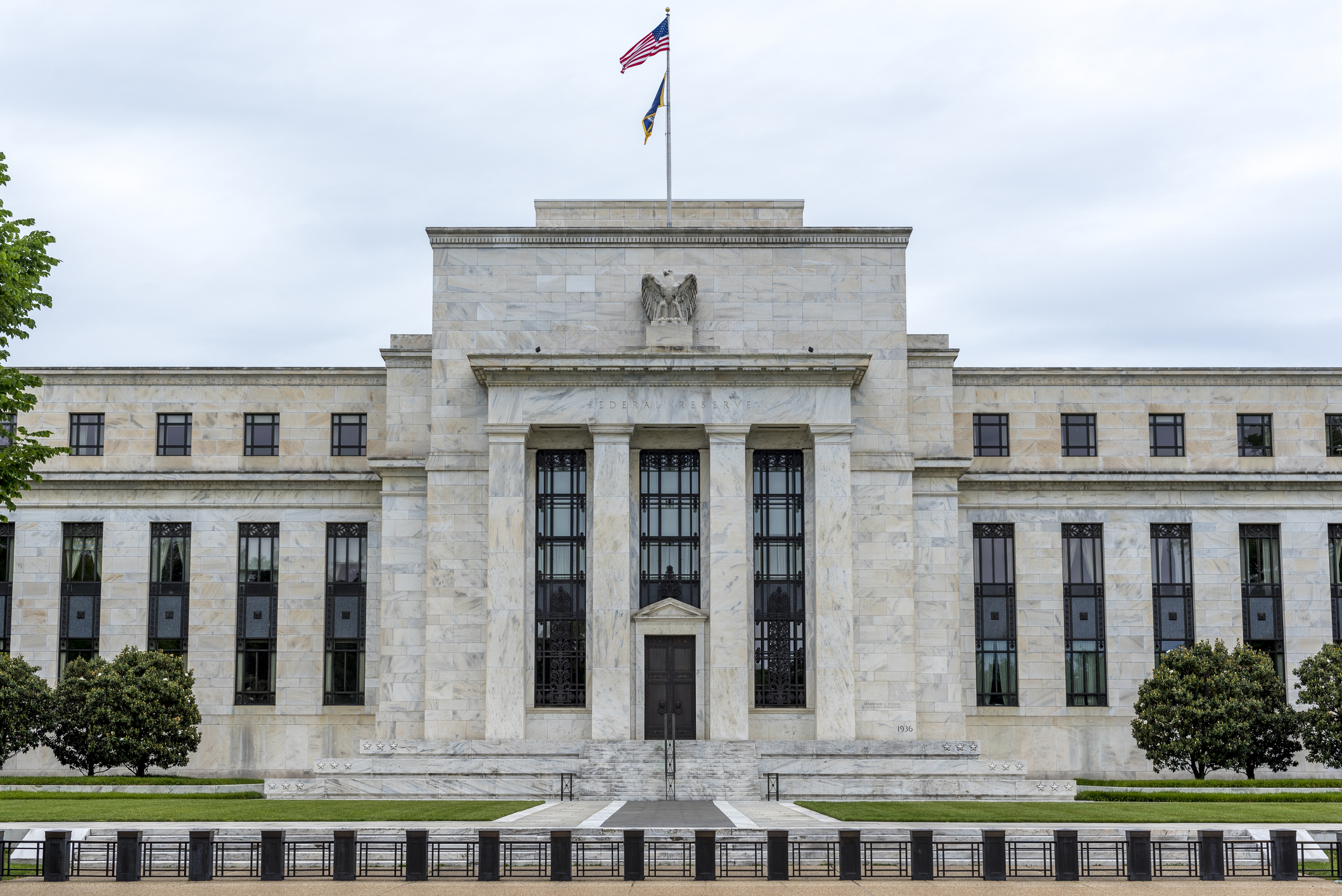 'Governments are launching an assault on the independence of central banks'
'Governments are launching an assault on the independence of central banks'Opinion Say goodbye to the era of central bank orthodoxy and hello to the new era of central bank dependency, says Jeremy McKeown
-
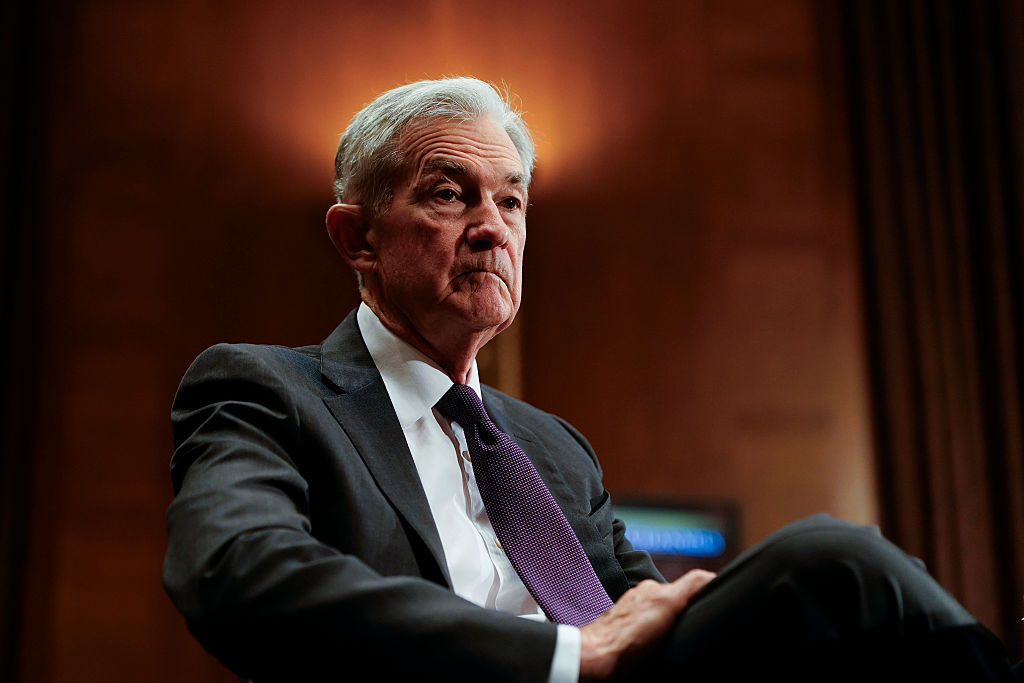 Will Donald Trump sack Jerome Powell, the Federal Reserve chief?
Will Donald Trump sack Jerome Powell, the Federal Reserve chief?It seems clear that Trump would like to sack Jerome Powell if he could only find a constitutional cause. Why, and what would it mean for financial markets?
-
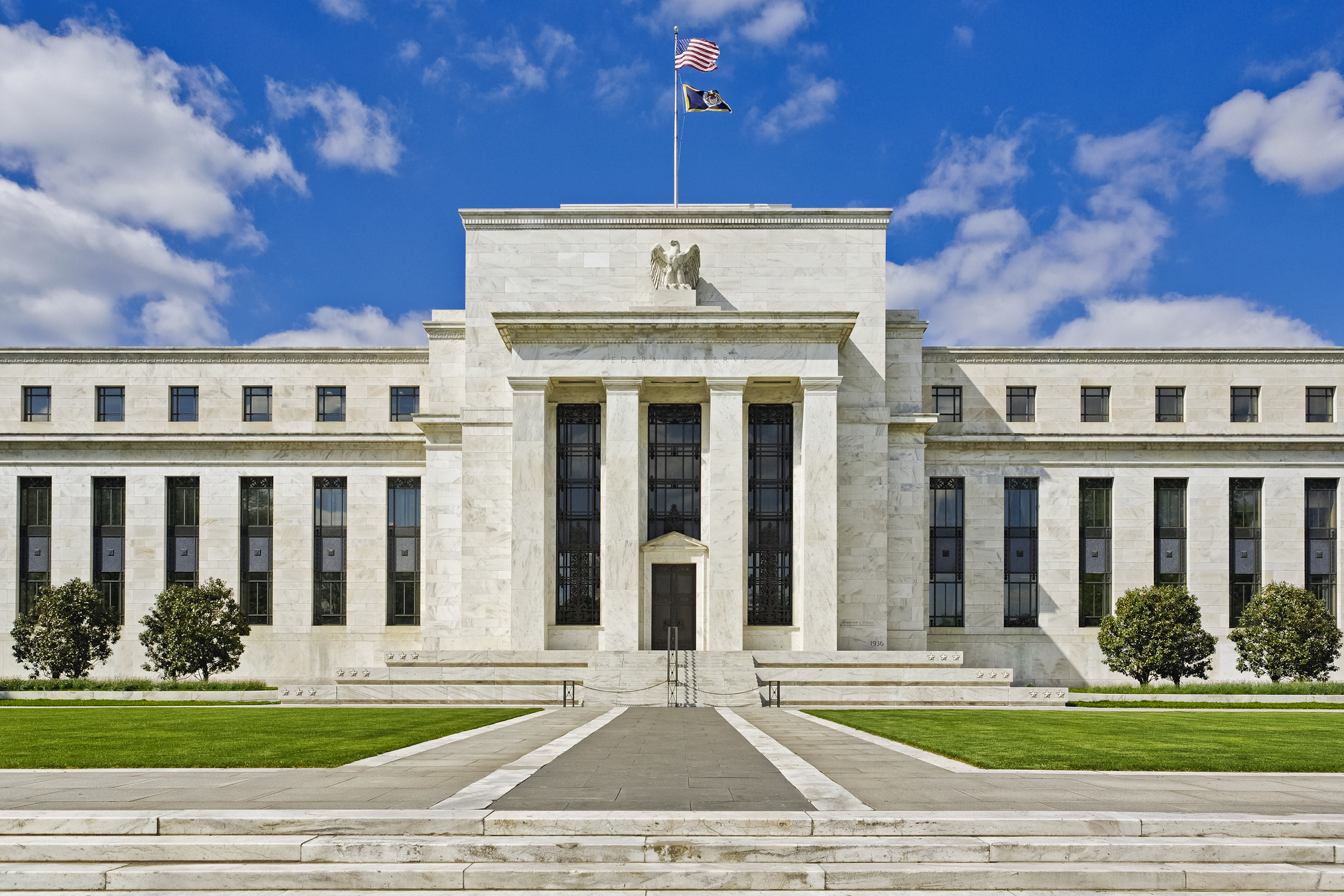 Do we need central banks, or is it time to privatise money?
Do we need central banks, or is it time to privatise money?Analysis Free banking is one alternative to central banks, but would switching to a radical new system be worth the risk?
-
 Will turmoil in the Middle East trigger inflation?
Will turmoil in the Middle East trigger inflation?The risk of an escalating Middle East crisis continues to rise. Markets appear to be dismissing the prospect. Here's how investors can protect themselves.
-
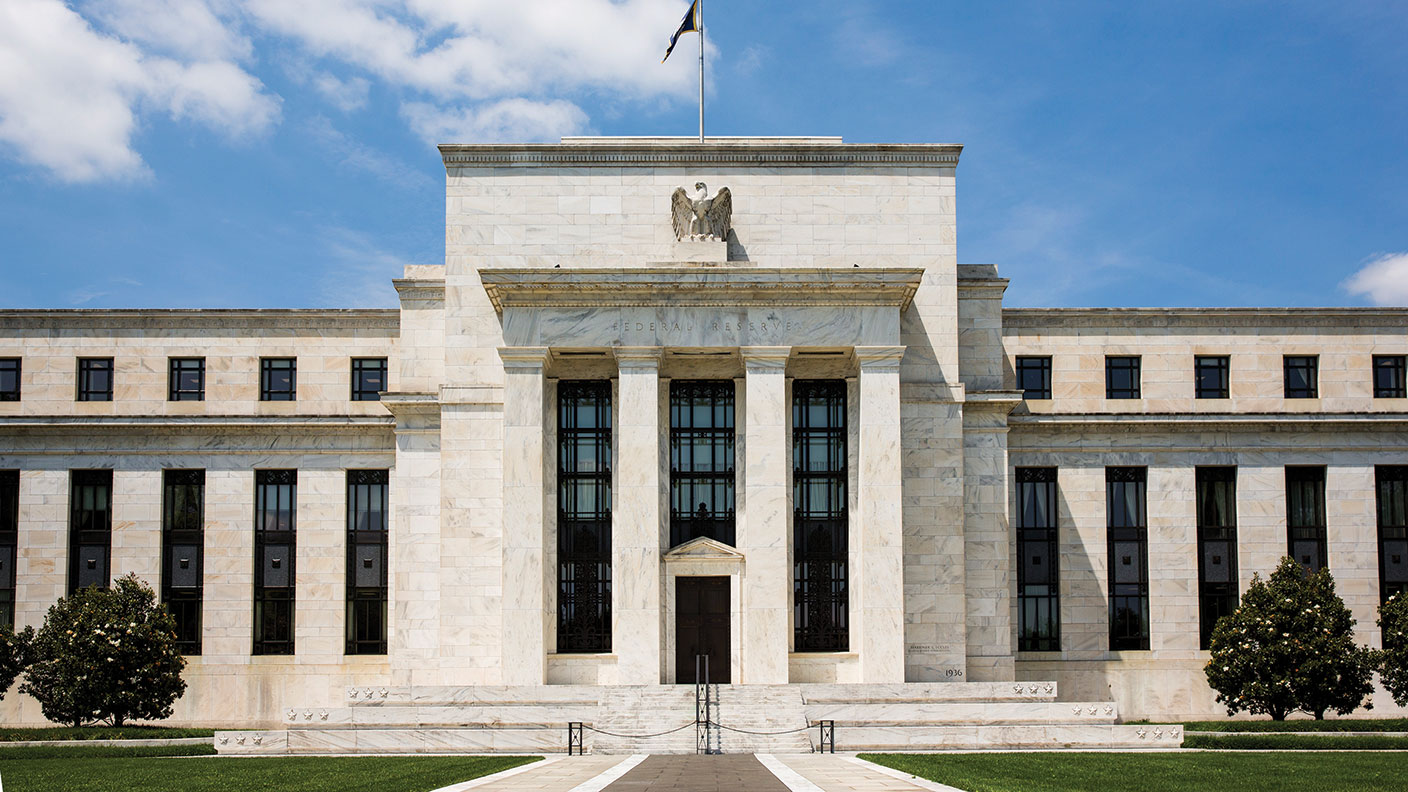 Federal Reserve cuts US interest rates for the first time in more than four years
Federal Reserve cuts US interest rates for the first time in more than four yearsPolicymakers at the US central bank also suggested rates would be cut further before the year is out
-
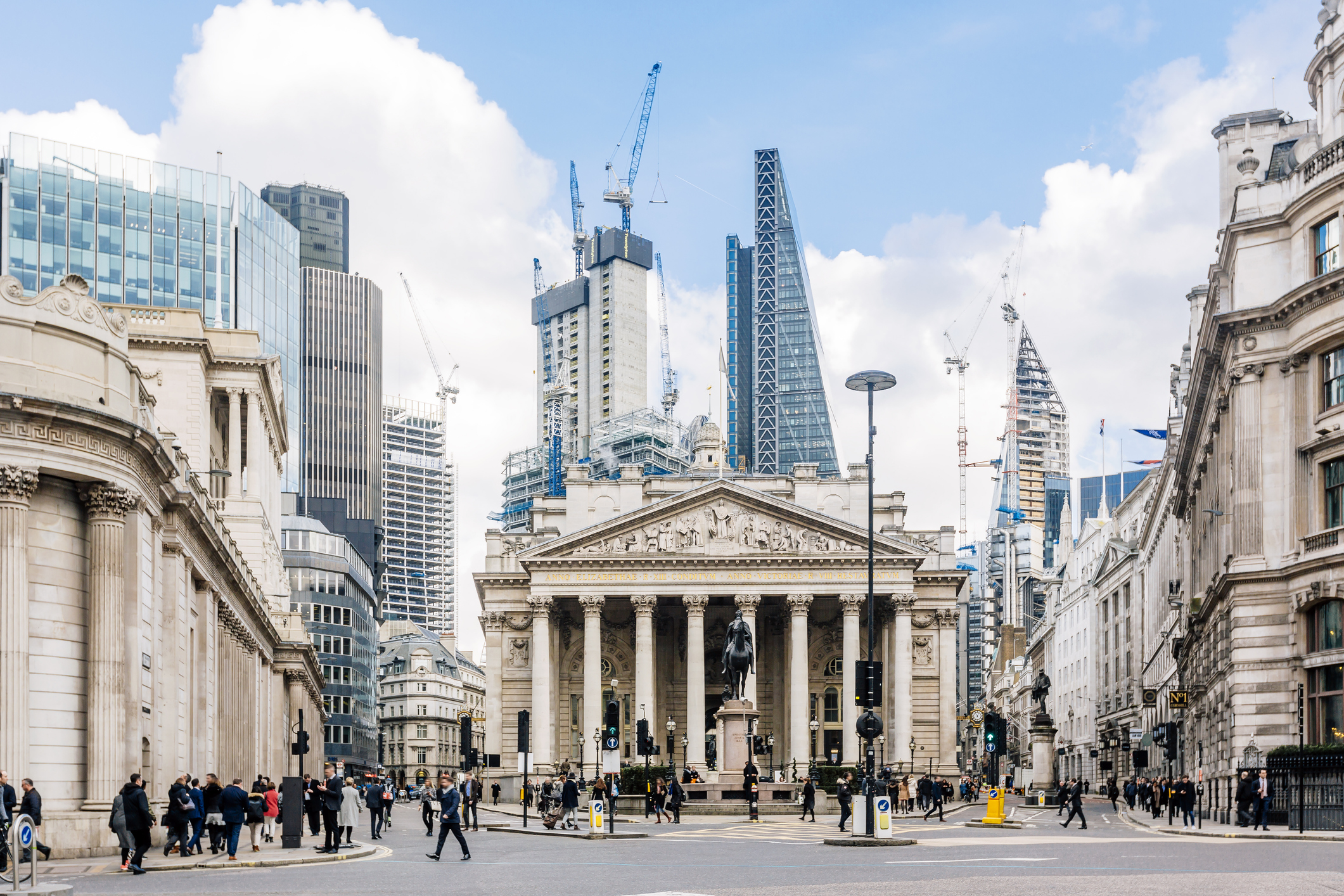 The Bank of England can’t afford to hike interest rates again
The Bank of England can’t afford to hike interest rates againWith inflation falling, the cost of borrowing rising and the economy heading into an election year, the Bank of England can’t afford to increase interest rates again.
-
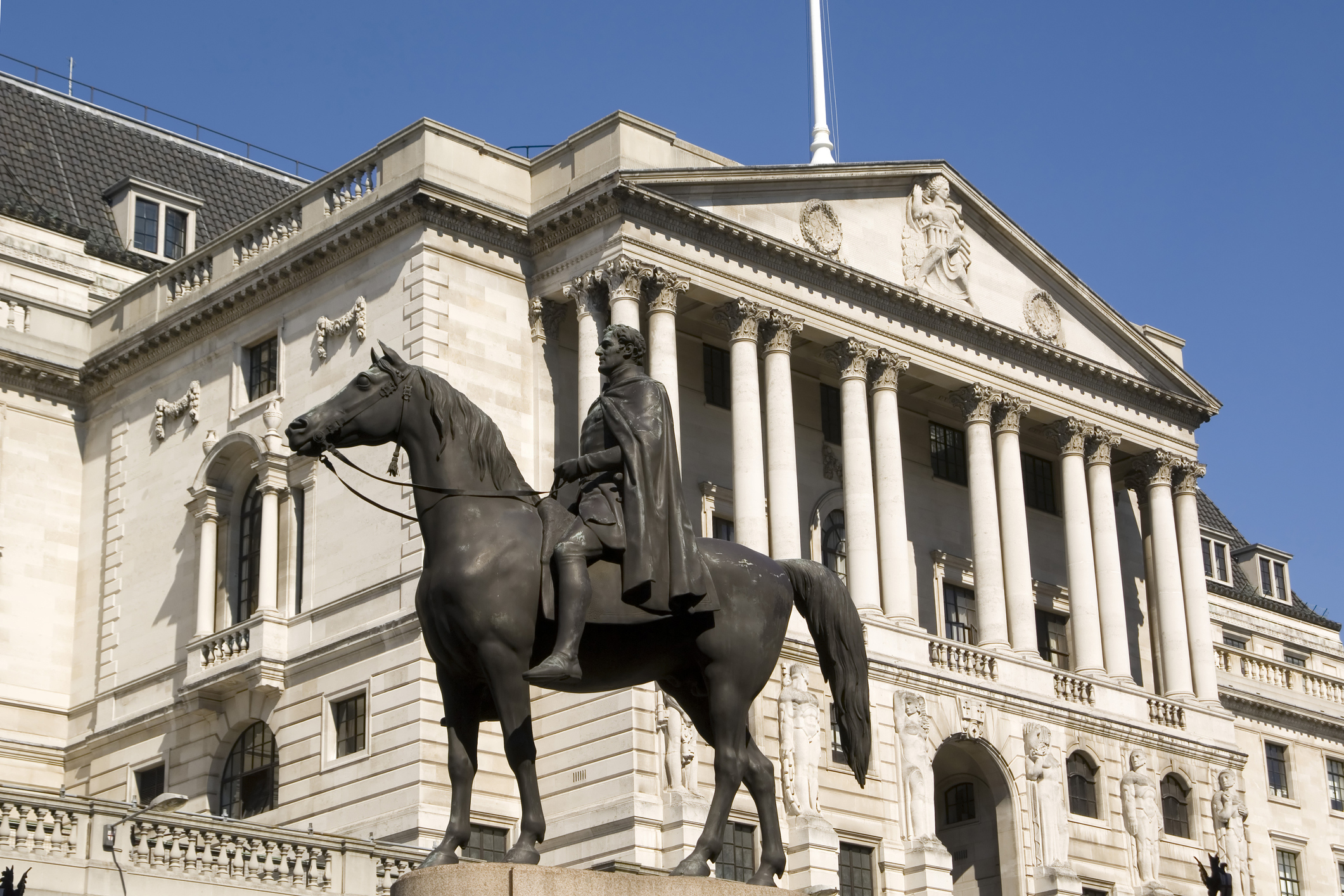 Interest rates held at 5.25% again
Interest rates held at 5.25% againThe Bank of England has kept rates at 5.25% again, in a widely anticipated move. We look at what it means for your money - and what the Bank’s next move could be
-
 US inflation rises to 3.7% as energy prices surge - will the Fed hike rates?
US inflation rises to 3.7% as energy prices surge - will the Fed hike rates?US consumer price index rose in August but markets do not expect a rate hike this month
